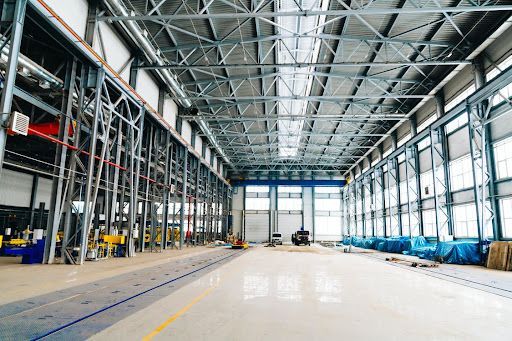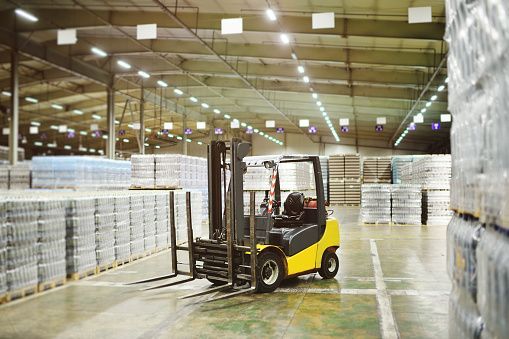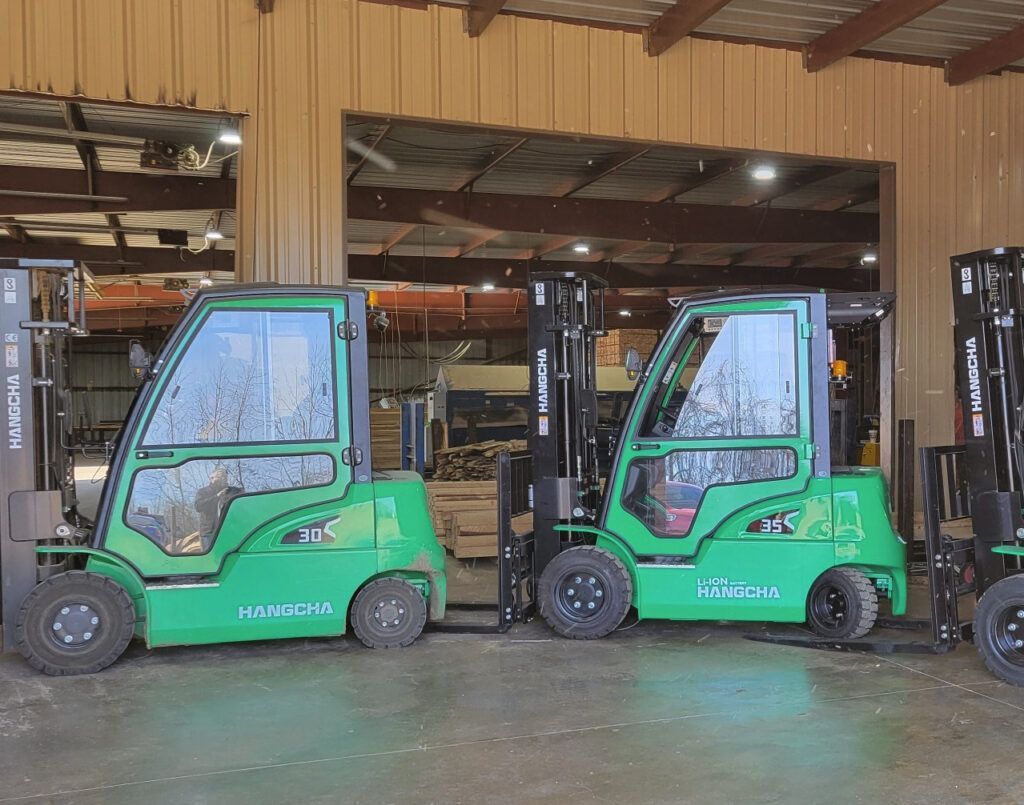A Guide to Summer Warehouse Safety
Warehouses are inherently dangerous workplaces, but that’s compounded with the introduction of extreme weather – like the heat that we experience here in the Greater St. Louis area. Even for warehouses across the country, a rise in temperature means added layers of risk.
If you’re a warehouse manager, ensure that your current summer warehouse safety procedures include these considerations, tips, and best practices — on top of the measures you’re already taking. Your workers are undoubtedly your company’s most important assets, and creating a safe working environment shows current and potential employees that you’re invested in their well-being.
Hydration Is a Must
Encourage frequent water breaks, put out plenty of bottles or water coolers for employees, and allow forklift operators to keep water bottles on their equipment when they’re working. This is probably the easiest way to make a considerable difference. Staying hydrated prevents cramping and fatigue, which can significantly increase the chance of having a forklift accident.
Don’t Overlook Maintenance
You should already have a regular maintenance schedule for your equipment, but you should follow it during the summer. You should also create a list of additional maintenance tasks related to the effects of weather and heat on your forklifts to avoid seasonal wear and tear.

Look for Signs of Overheating
Just like a car on the highway in the heat of summer is more likely to overheat than on other days during other seasons, so too can a forklift quickly overheat in the right conditions. Check coolant levels before every shift and look at hoses to identify any leaks or disconnection, both of which can cause overheating.
Inspect Equipment and Forklift Tires
The heat of the summer months can accelerate wear and tear across the entire forklift, but this wear is prominent in the forklift’s tires — they will crack and possibly even burst in the higher temperatures. This is another part of the forklift that you should check before every use and takes steps to repair or replace at any sign of an issue.
Upgrade Ventilation and Fans
There’s a good chance you already have large, industrial-powered fans in your warehouse, but there’s also a good chance that they’re not doing enough to keep your employees cool during the hot summer months. Work with an experienced warehouse parts distributor to learn about your best options and how to choose fans that work to help improve the overall energy efficiency of your warehouse.

Protection From the Sun
Educate forklift operators about the best ways to shield themselves from the sun if they’re spending most of their workday going back and forth between the warehouse and the outdoor area of your property. Protective clothing, sunscreen, and even equipment canopies can limit the time that drivers are experiencing the harsh rays of the sun beating down.
Know What to Watch For
Heat-related illnesses set in gradually, with many signs that trouble is ahead. Watch for these physical changes as precursors and educate your staff on what they mean and why to get help:
- Headaches
- Nausea
- Confusion
- Dizziness
- Heavy sweating
- Cramping
- Loss of consciousness
- Seizures
- Upgrade equipment
If it’s been a while since you’ve introduced new equipment or forklifts to your warehouse, now might be the time to research fleet upgrades. The same is true for loading dock doors and ventilation fans because aging warehouse equipment is bound to be a safety risk this summer.
When you’re ready to make warm-weather safety improvements in your warehouse, contact our team of experts to distribute, install, and maintain the upgrades you make. We provide sales, installation, service, and repair for the critical equipment in most warehouses. We are dedicated to providing the essential sales and service your warehouse needs to run smoothly and safely.
The post A Guide to Summer Warehouse Safety appeared first on Benco Industrial Equipment.




